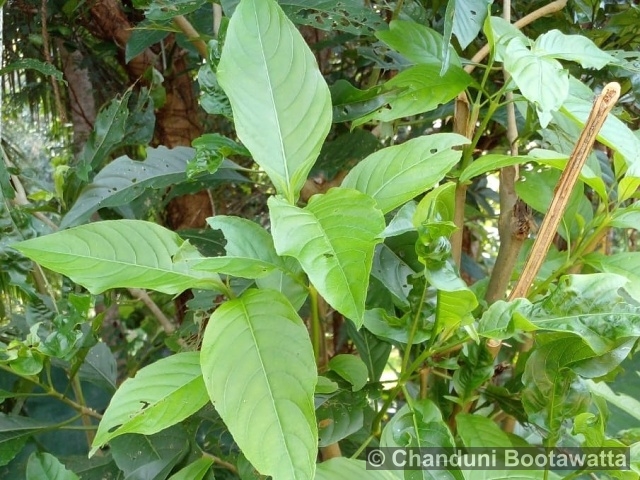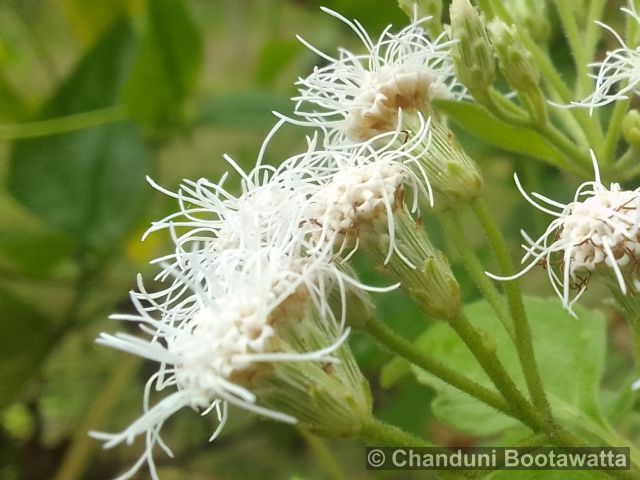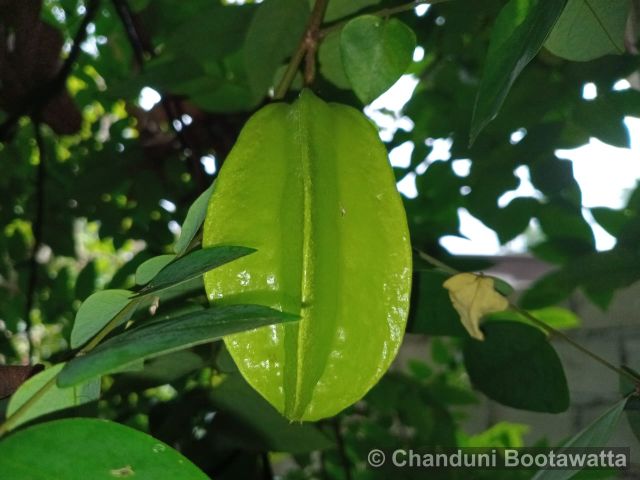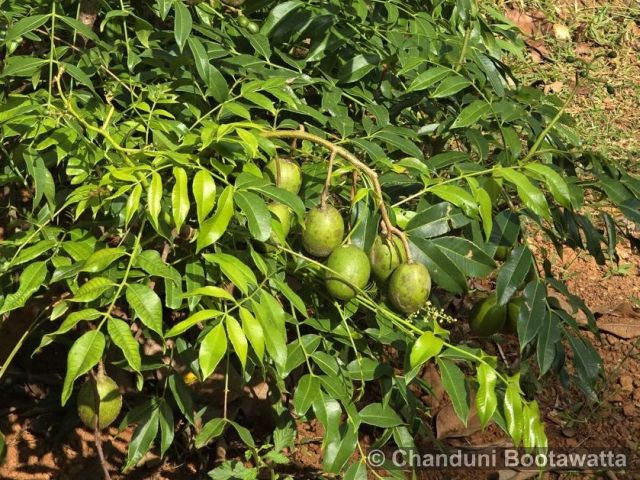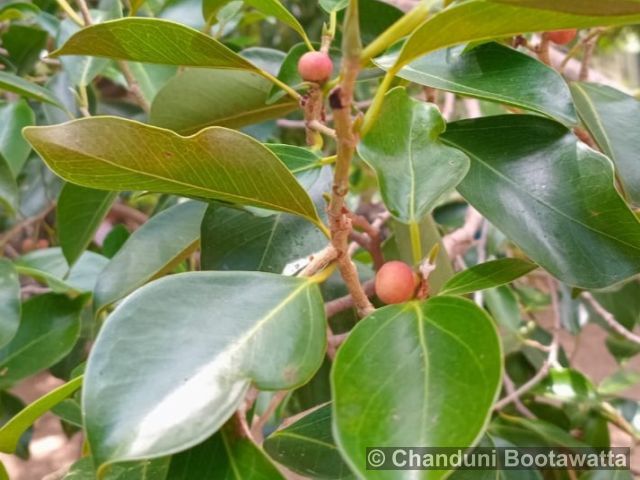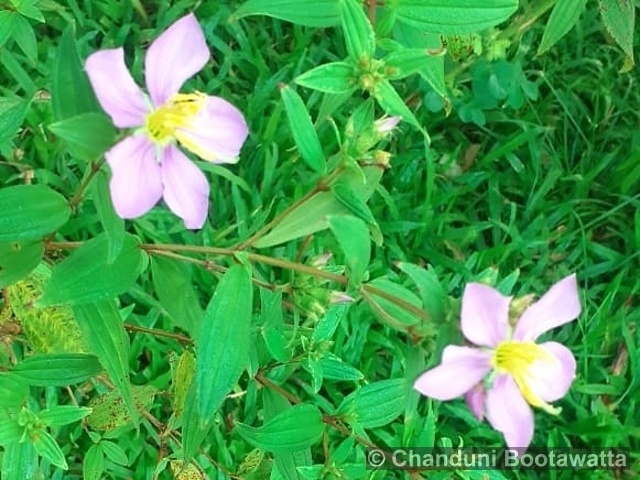Tento příspěvek byl přečten161krát!
Nika, Sudu Nika, Nil Nika, Nirgundi
Family: Lamiaceae
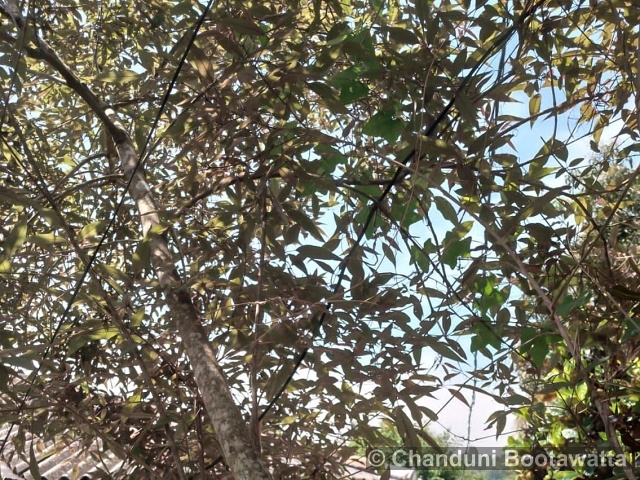
Description: The leaves are compound, consisting of five leaflets arranged in a palmate pattern, with serrated edges and a characteristic aromatic scent when crushed. The plant produces small clusters of lavender to white flowers with tubular corollas, attracting pollinators such as bees and butterflies. Following flowering, Vitex negundo bears small, round, blackish-purple berries that are used in traditional medicine for various ailments. The bark of the plant is grayish-brown and rough-textured. In traditional medicine, different parts of Vitex negundo are utilized for treating conditions such as inflammation, pain, respiratory disorders, and skin ailments, showcasing its broad spectrum of therapeutic applications.

Substitutions: Vitex agnus-castus (Chaste tree): Often considered a close relative of Vitex negundo, Vitex agnus-castus shares similar medicinal properties and ornamental features. It is used in herbal medicine for hormonal balance and women’s health issues. Vitex trifolia (Simpleleaf chastetree): Another member of the Vitex genus, Vitex trifolia, bears similar palmate leaves and small lavender flowers. It is utilized in traditional medicine for its anti-inflammatory and analgesic properties. Vitex rotundifolia (Roundleaf chastetree): This species also belongs to the Vitex genus and is native to coastal regions. It shares some medicinal uses and ornamental characteristics with Vitex negundo, such as aromatic foliage and small flowers. Vitex lucens (Shiny-leaved chastetree): Indigenous to Australia, Vitex lucens possesses glossy green leaves and clusters of purple flowers, resembling Vitex negundo. While its medicinal uses may differ slightly, it can serve as a substitute in landscaping and herbal gardens.
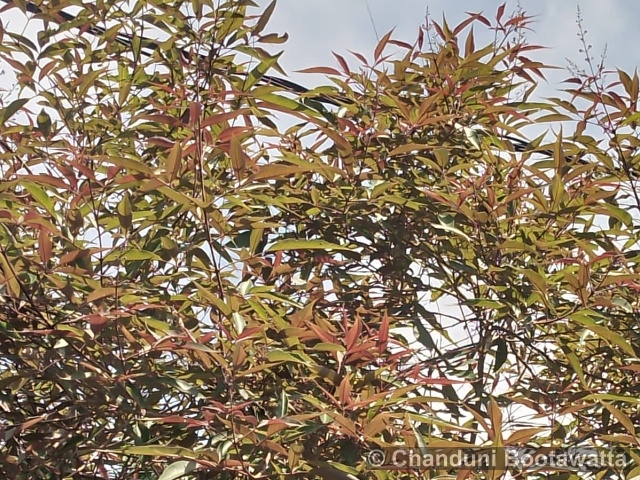
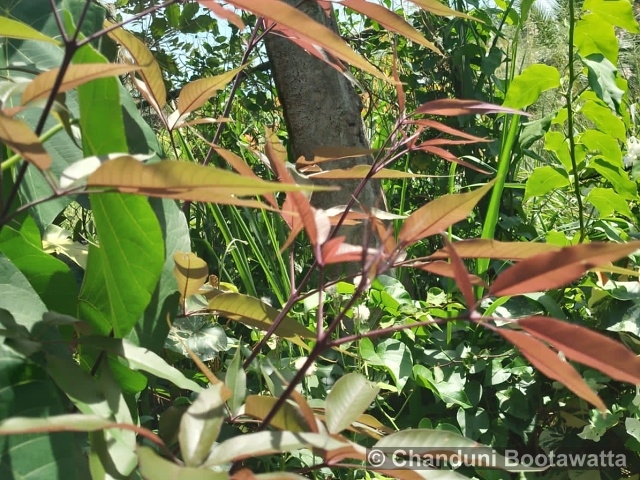
Ecology: Thrives in subtropical to tropical climates with warm temperatures and moderate humidity, preferring well-drained soils rich in organic matter. It generally grows best in loamy or sandy soils with a pH ranging from slightly acidic to neutral.
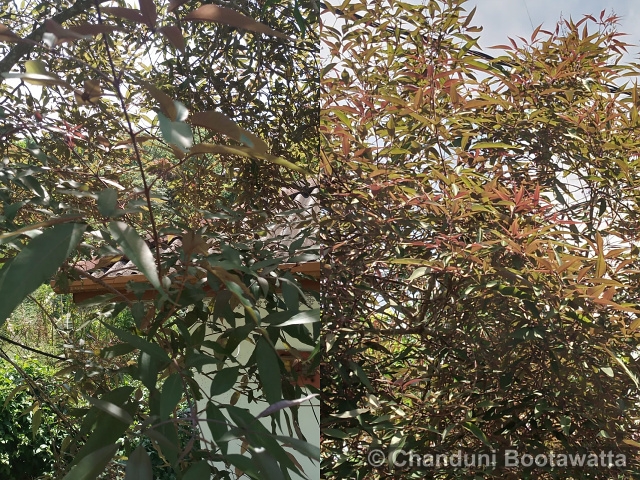
General Distribution: Particularly in tropical and subtropical areas. It is native to parts of Asia, including India, China, and Southeast Asian countries, where it grows abundantly in diverse habitats ranging from forests to open areas.
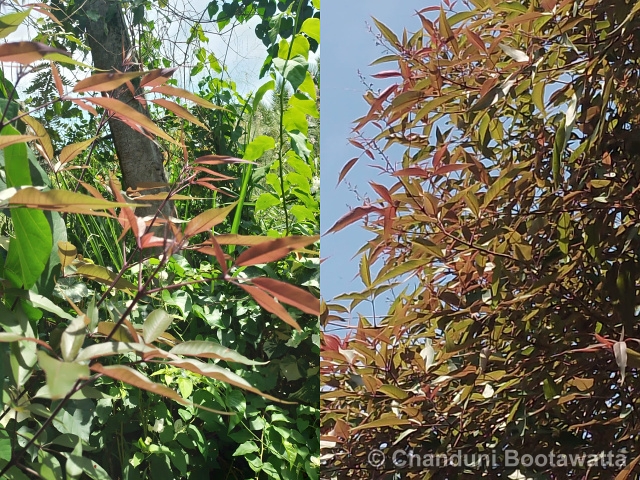
Author of text and photos: Chanduni Bootawatta.
Photographed in Peradeniya, Sri Lanka on 16/02/2024



 Poslat emailem
Poslat emailem